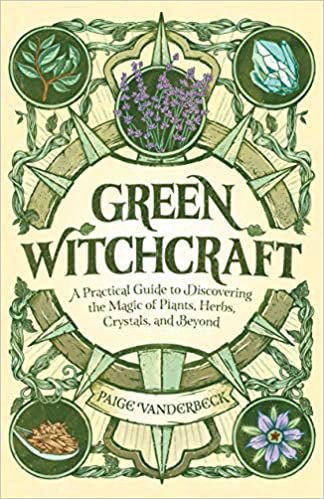
Items Needed:
* 1 bundle of birch brush twigs
* salt water bath
* 1 ash or pine handle
* 3 extra long zip ties
* twine
Ash is traditionally used in besom crafting. It represents enduring strength and male energy. Birch is a feminine wood that represents healing, fertility, purification, and beginnings.
Choose birch brush twigs that are long enough that you don't have to bend over and strain your back as you sweep. Soak the twigs in salted water for a few hours before you begin to tie them together. The salt helps cleanse.
While the birch twigs soak, prepare your handle by whittling the end to a point and decorating it with carved or painted symbols


